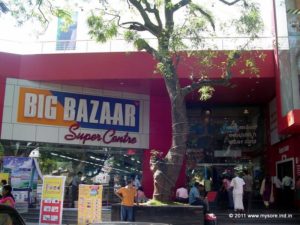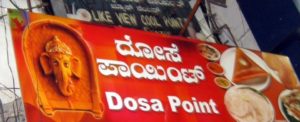
 Scan to see this page on your mobile phone
Scan to see this page on your mobile phoneThe French born celebrated sculptor of the time, William Robert Colton was commissioned to execute a statue in memorial of the maharaja. He is the same sculptor who executed many famous sculpture in India including the statue of Sir K Seshadri Iyer, at Cubbon Park in Bangalore, who was the Dewan of Mysore State from 1883 to 1901. Also the 8 bronze tigers of Mysore Palace too are the works of Colton.
He spend some three months in Mysore during 1912 for the preliminary study for making the statue of Chamaraja Wodeyar. The statue was executed in white Italian marble in England. Before bringing to India it was displayed at the Royal Academy of Arts in London. In the statue the maharaja is portrayed in standing posture in military uniform.
Though Colton was famous for executing lifelike sculptures, one glitch was the in the appearance of the face of the maharaja. There was not much resemblance between face of the maharaja and the face of the statue. When the statue finally arrived in Mysore in 1918, the queen the late maharaja Chamaraja Wodeyar was not happy with this aspect.
Mumbai born Ganpatrao K Mhatre, arguably the most prominent Indian sculptures of the time, was commissioned to make the correction. The head of the statue was replaced with a newly executed one. You cannot easily find the joint as this is smartly hidden along the necklace line. Incidentally G K Mhatre was the same artist who executed another statue of Chamaraja Wodeyar that is located in Bangalore's Cubbon Park. And finally in 1920 the 'new statue' was installed at the circle facing the northern gates (Jayarama-Balarama Gate) of Mysore Palace.
The statue was haunted again when some miscreants took away the sword. Some years later a new sword was installed, this time made of white Rajastani marble.
The statue stands in a pavilion at the junction of Albert Victor road and the Ashoka road. The junction is called Chamaraja Circle (Sri Jaya Chamarajendra Circle , also New Statue Circle). With the golden plated onion dome and boldly executed brackets supported by columns, this is a well known landmark in the tourism map of Mysore city.

















